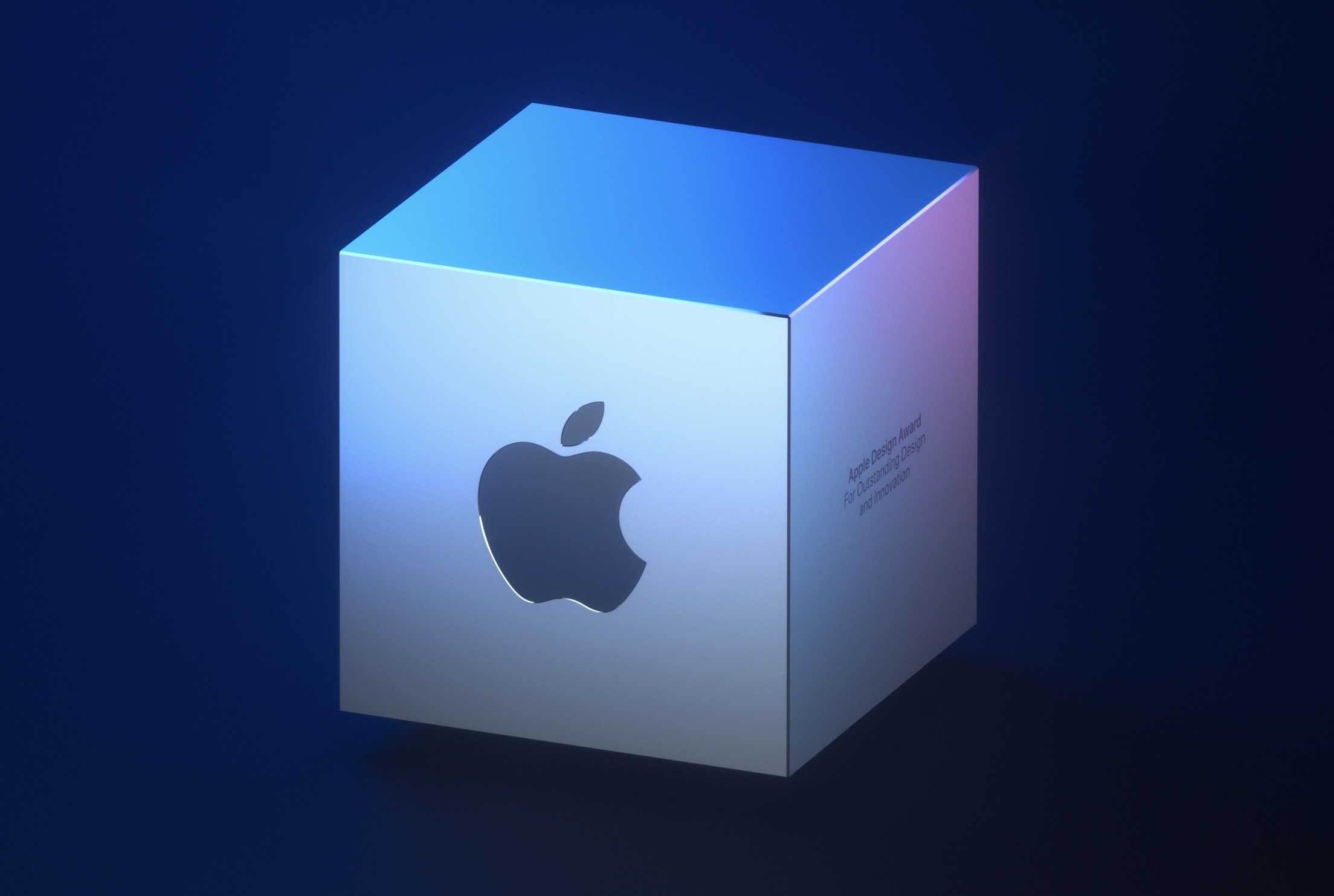Topping off a jam-packed day full of exciting software announcements, Apple hosted the 2019 Apple Design Awards at WWDC last night.
The Apple Design Awards are a way for Apple to recognize, before a large crowd of developers in attendance, which apps represent the best the App Store has to offer. This may mean implementing certain APIs or frameworks in an innovative way, building a unique game mechanic, or simply designing an app that, in one way or another, exudes excellence. Winners of Apple Design Awards are highlighted by Apple as examples for the developer community to follow. They can also be a telling indicator of a platform’s health – for example, in the last four years, out of the 43 apps honored only 7 were available on the Mac. Next year that should change thanks to Project Catalyst, née Marzipan.
Here are the winners of the 2019 awards, consisting of both apps and games.
App Winners
- Flow by Moleskine (iPhone and iPad) - MacStories Review
- Pixelmator Photo (iPad) - MacStories Review
- Butterfly iQ — Ultrasound (iPhone and iPad)
- HomeCourt - The Basketball App (iPhone and iPad)
Game Winners
- Ordia (iPhone and iPad)
- The Gardens Between (iPhone, iPad, and Mac)
- Asphalt 9: Legends (iPhone and iPad)
- Eloh (iPhone and iPad)
- Thumper: Pocket Edition (iPhone and iPad)
Federico was able to spend time with two of the people on teams receiving these awards. Here’s what they had to say about their teams’ respective apps.
Jake Underwood, Marketing at Moleskine Digital Studio (and MacStories alumn)
Federico: “What does it mean for your team to create a great iOS app?”
Jake: “With Flow, the Moleskine team really tried to integrate design and functionality, which meant enhancing creativity in our users, bringing out something special in our users that we believed was there to begin with. So making a great iOS app wasn’t about doing all the work ourselves, but empowering the users to do the work. We have a collaborative environment at Moleskine.”
Federico: “What kind of technologies are you using?”
Jake: “A big technology we use for Flow is Metal. The drawing engine is all built with Metal, and of course it was really built for iPad Pro and Apple Pencil, though it supports iPhone as well. We tried to make it as close to a real drawing experience as possible.”
Matt de Jonge, Head of Product at Butterfly iQ, makers of Butterfly iQ — Ultrasound
Matt: “What we really tried to do is take advantage of the contexts our users already have about how to use iPhone applications. In many ways we’re a camera app – we’re just a camera that looks into your body. So we took a lot of cues on the design side from the iPhone camera app, and the basic gestural controls and interfaces, the paradigms of direct manipulation that users understood already. That’s where a lot of work on the design side was focused. Then there was a lot of work on the compute side just to get it running at clinical frame rates. So there is a tremendous iOS engineering team behind this, in addition to a lot of custom integrated circuit designers, mechanical engineers, AI scientists, cloud engineers, low-level-software engineers – you name it. It really took a village.”
You can also follow all of our WWDC coverage through our WWDC 2019 hub, or subscribe to the dedicated WWDC 2019 RSS feed.



